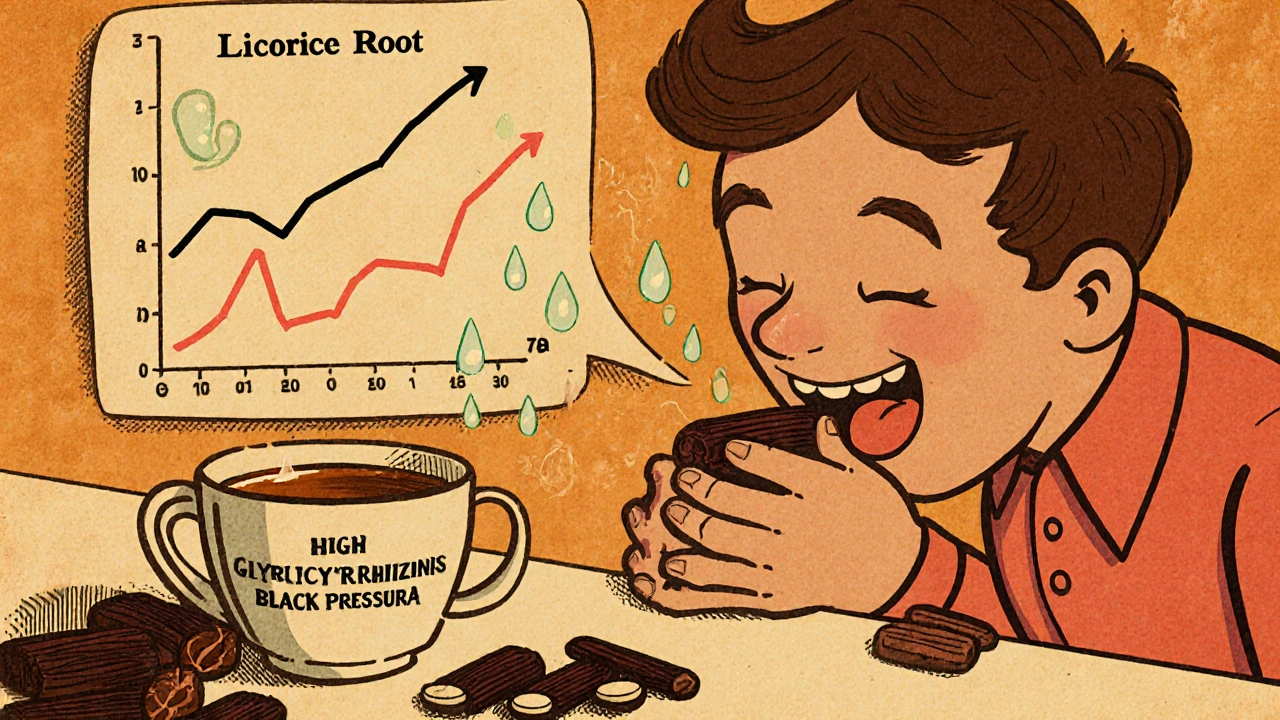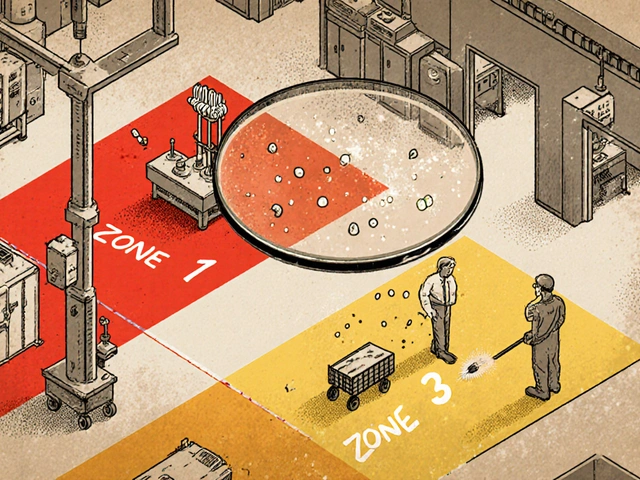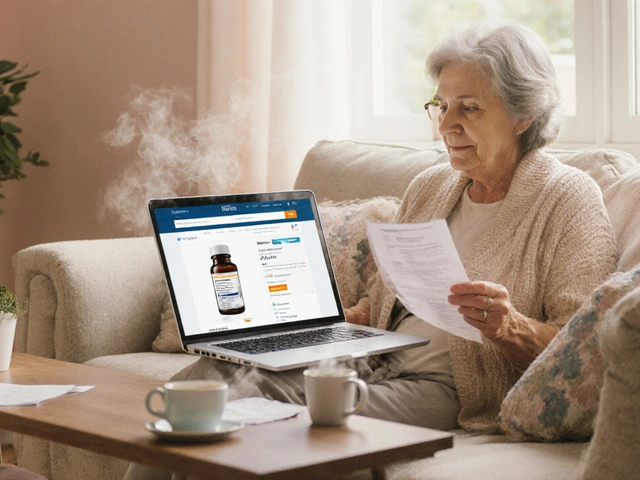Hypertension: Practical Guide to Lowering Your Blood Pressure
High blood pressure (hypertension) often has no symptoms, but it quietly raises your risk of heart attack, stroke, kidney damage, and more. Knowing your numbers and taking small, steady steps can cut that risk a lot. This page gives clear, usable tips for checking blood pressure, changing daily habits, and understanding common medicines.
Quick measurement tips
Use a validated home cuff and sit quietly for five minutes before measuring. Put the cuff on bare skin, feet flat on the floor, back supported, and the cuff at heart level. Take two readings one minute apart in the morning and evening for a week to get an accurate average. Record the date, time, and number. Share those readings with your clinician — averages matter more than single spikes.
Targets vary by age and health. Many guidelines aim for below 130/80 mm Hg for most adults, but your doctor may set a different goal if you have other conditions. If you see sudden readings above 180/120 or symptoms like chest pain, shortness of breath, or weakness, seek emergency care.
Medications and safety
If lifestyle changes aren’t enough, drugs are effective and safe when used right. Common classes include thiazide diuretics, ACE inhibitors, ARBs, calcium channel blockers, beta blockers, and sometimes loop diuretics like furosemide (Lasix) when fluid overload is present. Each class works differently — your doctor will pick based on other health problems, age, and side effects.
Watch key safety points: get a baseline kidney function and potassium check before starting ACE inhibitors, ARBs, or diuretics, then monitor periodically. Tell your clinician about all medicines and supplements you take — grapefruit and some citrus varieties can affect certain drugs, and interactions matter. If you notice cough, dizziness, swelling, or a rapid heartbeat after starting a drug, call your provider.
Stick with the plan. Missing doses or stopping meds suddenly can raise blood pressure quickly. If side effects bother you, don’t stop — ask for a different option or dose adjustment.
Lifestyle moves that help right away: cut sodium (aim under 2,300 mg daily; closer to 1,500 mg helps many people), follow the DASH-style diet with more vegetables and whole grains, lose excess weight, do about 150 minutes of moderate activity weekly, limit alcohol, and quit smoking. Even small changes — walking 30 minutes most days or swapping salty snacks for fruit — lower readings.
Keep regular checkups. Routine visits let your clinician adjust meds, review lab tests, and check for damage to heart, kidneys, and eyes. Use reliable online resources on related topics like diuretics, cholesterol control, and drug interactions to learn more, but always confirm changes with your medical team.
Simple checklist: measure at home, eat less salt, move more, take meds as prescribed, and get periodic labs. Do one thing this week — try a 10-minute walk daily or swap one salty snack — and build from there.
Track progress monthly and celebrate small wins to stay motivated. You got this today.

Licorice and Blood Pressure Medication Interactions: What You Need to Know
Licorice contains glycyrrhizin, which can raise blood pressure and interfere with medications like diuretics and ACE inhibitors. Even small daily amounts can cause dangerous drops in potassium and make treatments less effective.
Read More
Cozaar: Understanding Losartan’s Role in Blood Pressure and Heart Health
Cozaar, known as losartan, is a key medication for treating high blood pressure and protecting your heart. This long-read dives into how Cozaar works, why doctors choose it, and what people need to know about side effects and safe use. We'll look at expert tips, real-life stories, and data to give you everything you need to feel informed and confident about this medication. If you or someone you care about deals with hypertension, you'll find tons of practical advice here.
Read More




